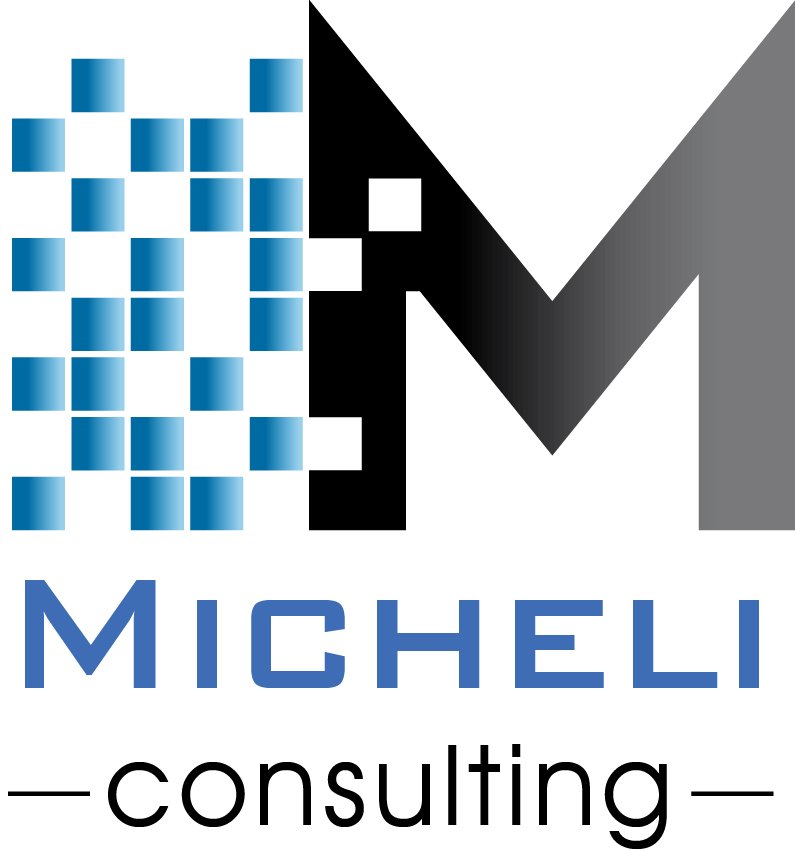I have already written about the importance of knowing which tool to use in User Experience when discussing Personas. The design process can vary depending on the context of the problem to identify and solve, and it takes a little trial and error to figure out what to use in a specific situation. Lately, I have seen a lot of debate online about which design tools are better: Axure, Omnigraffle, Balsamiq, the Adobe Suite…even whether or not a designer needs to be proficient in HTML/CSS and JavaScript.
I believe it is similar to choosing the right tool while doing construction: it really depends on the context of the situation.
When choosing which design tool is best for you, there are some important questions to consider. Here is a good checklist to get started:
- What are the goals for this particular project?
- How much time is allotted?
- Who is the audience of this particular design?
- Is the purpose to gather feedback on a new concept or usability test a baked out feature?
- What is the budget?
If the need is for a hi-fidelity prototype then take the time to learn Axure or HTML/CSS. Balsamic and Omnigraffle are more than adequate to get wireframes “on paper”. A white board is a fantastic tool to sketch out new ideas in a collaborative space. I personally have had a lot of success designing in Powerpoint - even with interactive click points. With all these options, I wonder if it really matters which design tool is used.
In my opinion, the most important outcome of a design artifact is that it starts a conversation. Whether it is with your Product Manager to put some visuals around a concept, a detailed design artifact for a User Story that the developers are going to work on, or the end-user who is validating the design through usability testing. All of these scenarios should lead to two conversations 1) whether or not the design is moving in the right direction to solve the problems at hand and 2) how to improve the design to get to the right solution.
I have to agree with this Tweet from Patrick Neeman (find the tweet) when it comes to this discussion:
Getting caught up in which design tool is better or if you are using the right one takes away focus on the design and the design process. I would prefer to focus on collaborating with my colleagues to identify and solve the correct problems instead. I enjoy expending my energy on meeting the end users whose lives I am trying improve.
So if you’re having the right conversations, improving your designs, while meeting the project goals - then you’re probably using the right tool for the job.

